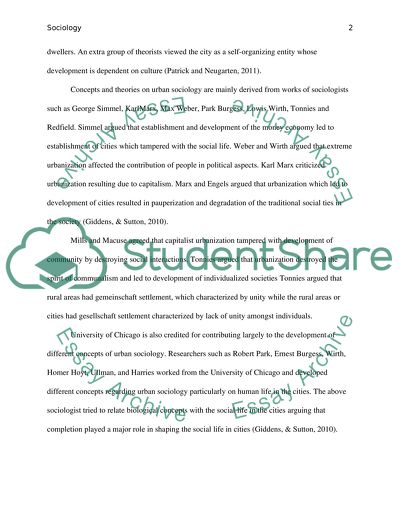Cite this document
(“Main Concepts and Theories Used in the Academic Discussion of the City Essay”, n.d.)
Retrieved from https://studentshare.org/sociology/1456081-1-outline-the-main-concepts-and-theories-used-in-the-academic-discussion-of-the-city-what-is-the-importance-of-the-city-for
Retrieved from https://studentshare.org/sociology/1456081-1-outline-the-main-concepts-and-theories-used-in-the-academic-discussion-of-the-city-what-is-the-importance-of-the-city-for
(Main Concepts and Theories Used in the Academic Discussion of the City Essay)
https://studentshare.org/sociology/1456081-1-outline-the-main-concepts-and-theories-used-in-the-academic-discussion-of-the-city-what-is-the-importance-of-the-city-for.
https://studentshare.org/sociology/1456081-1-outline-the-main-concepts-and-theories-used-in-the-academic-discussion-of-the-city-what-is-the-importance-of-the-city-for.
“Main Concepts and Theories Used in the Academic Discussion of the City Essay”, n.d. https://studentshare.org/sociology/1456081-1-outline-the-main-concepts-and-theories-used-in-the-academic-discussion-of-the-city-what-is-the-importance-of-the-city-for.


